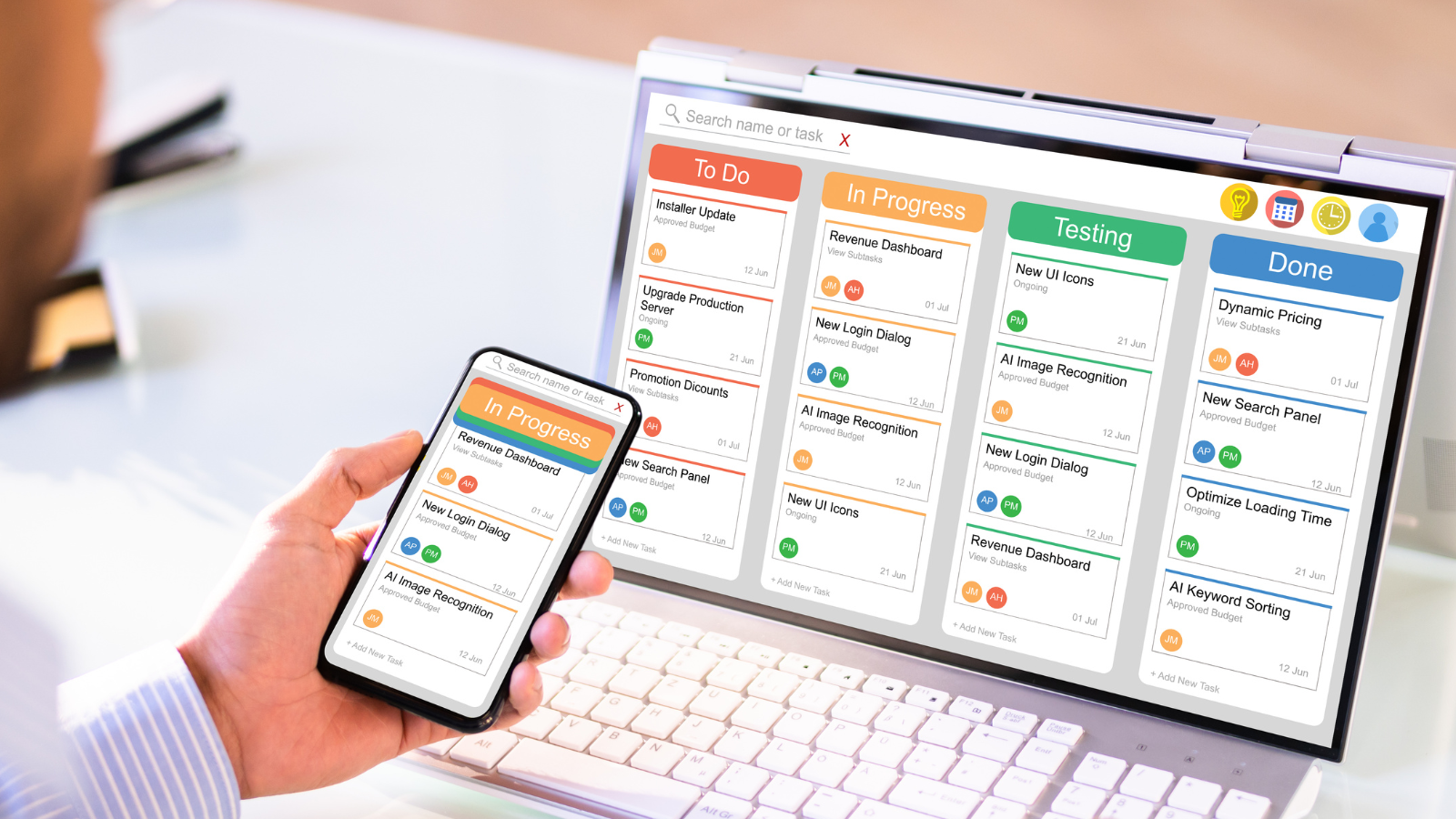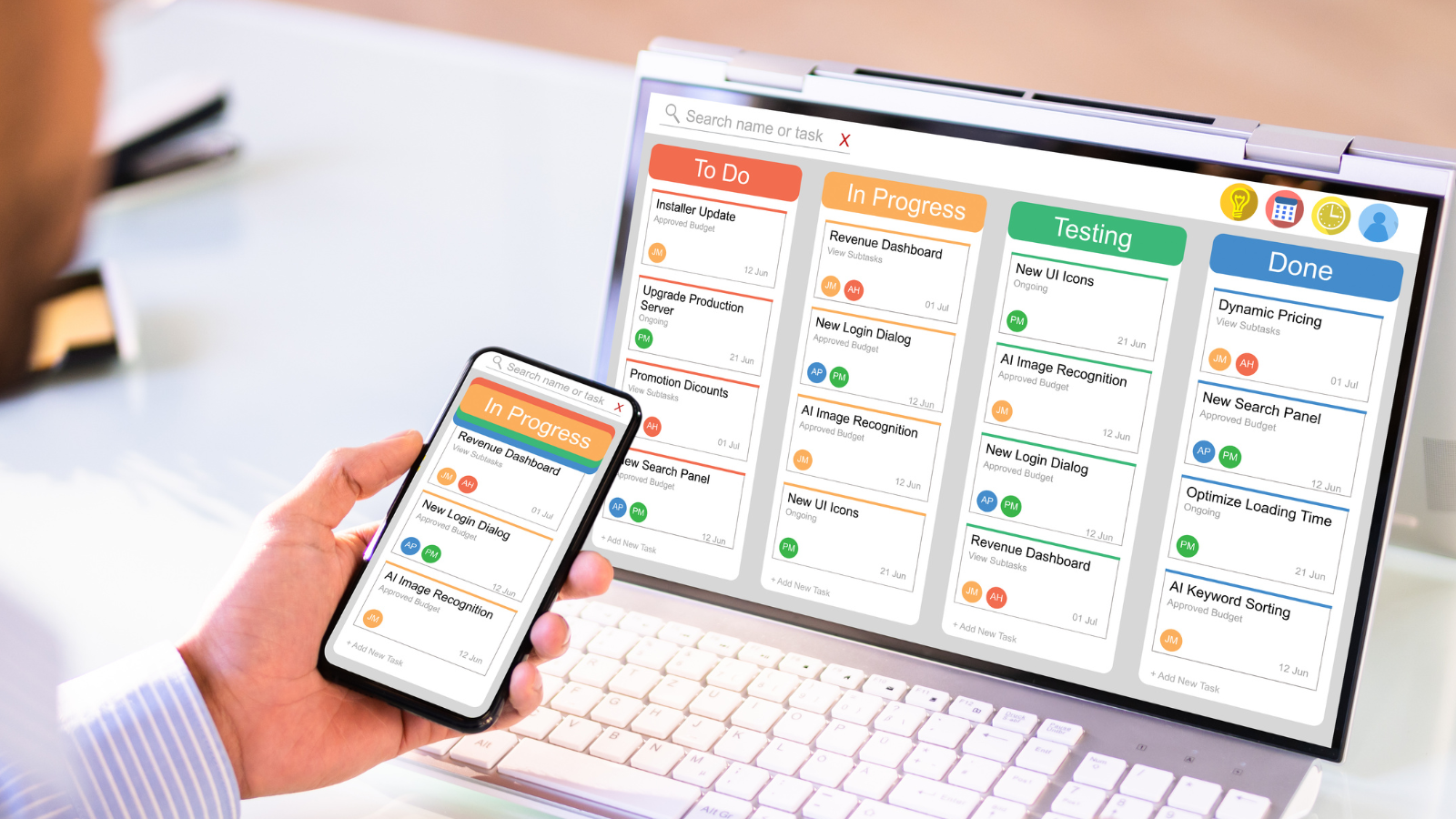Why B2B Sales Teams Need Marketing Automation to Drive Revenue
In B2B currently, efficiency, alignment, and scalability aren’t just buzzwords—they’re requirements for growth. That’s why marketing automation is no...


Marketing automation has become an essential tool for businesses in all sectors. Surveys indicate that nearly half of all companies have adopted this technology, with even higher adoption rates among B2B businesses. An impressive 91% of marketers agree that marketing automation is "essential" for their success across various marketing channels.
While its marketing benefits are well-recognized, automation's potential for sales is often overlooked. Automation and other sales enablement tools can help sales teams find new business, communicate more efficiently with prospects, and increase conversion rates throughout the sales process.
Here's how integrating your marketing automation platform with your CRM and sales enablement tools can drastically enhance these benefits.
The National Association of Sales Professionals has highlighted data entry as a significant time-consuming task for sales teams. They emphasize that automation can play a vital role in addressing this challenge by keeping CRM contact records up to date as prospects progress through the sales cycle.
For instance, automation can effectively reclassify leads following a "Closed Lost" or "Closed No Decision" event and also document the reasons for account closures. Furthermore, when prospects interact with marketing materials, their CRM records can be automatically updated to reflect actions such as email opens or website visits.
This level of automated intelligence enables sales teams to enhance their outreach efforts with more personalized and targeted messaging.
Utilizing automation allows businesses to send personalized emails to potential customers at crucial points in their purchasing journey. For example, if a deal seems to be at a standstill, salespeople can employ automated emails to reach out and inquire about the customer's input. This approach yields valuable insights for strategic follow-up.
Email templates are instrumental in guiding salespeople to tailor messages according to each potential customer's unique requirements, ensuring adherence to best practices. Moreover, automated reminders serve as a helpful tool for sales representatives, aiding them in staying organized by prompting timely logging of activities and the creation of deals. This streamlines the sales process and fosters stronger customer relationships.
Understanding the timing is essential in sales. Knowing when a potential customer opens an email or views a proposal allows sales teams to react quickly.
For example, if a prospect checks out a pricing page, the sales team can get notifications and follow up while the opportunity is still fresh. This immediate information ensures that salespeople can engage with prospects at the most opportune times.
Embracing automation is key to effortlessly keeping track of contract end dates and reaching out to clients ahead of time for renewals. Through automated emails, we can remind clients of their achievements with us and the advantages of renewing, while also notifying our sales teams of upcoming renewals. T
his proactive approach guarantees that our salespeople are fully equipped to have meaningful renewal discussions, tailored to each client's unique journey with us.
Referrals play a crucial role in marketing, and delivering exceptional customer experiences is the cornerstone of earning them. Through automation, customers receive personalized communications tailored to their preferences and behaviors.
Keeping CRM records current empowers sales teams to engage in meaningful conversations, adding real value. As 74% of consumers opt for the first salesperson who adds value, grasping customer needs is absolutely essential. Embracing these strategies sets the stage for success and meaningful connections.
Marketing automation is truly transforming the business world, elevating the way marketers and sales professionals interact with and captivate potential customers.
By integrating automation into sales procedures, companies can streamline operations, understand customer needs more deeply, and provide tailored and impactful communications. The impact of automation on sales is profound and should be acknowledged.
Embrace automation and experience firsthand how it can elevate your sales team's productivity and overall organizational triumph.
*Editor's Note: This blog has been updated since its original post date.
In B2B currently, efficiency, alignment, and scalability aren’t just buzzwords—they’re requirements for growth. That’s why marketing automation is no...

The alignment between sales and marketing is crucial for success. Yet, many organizations struggle with teams working in silos, leading to missed...
 Read More
Read More